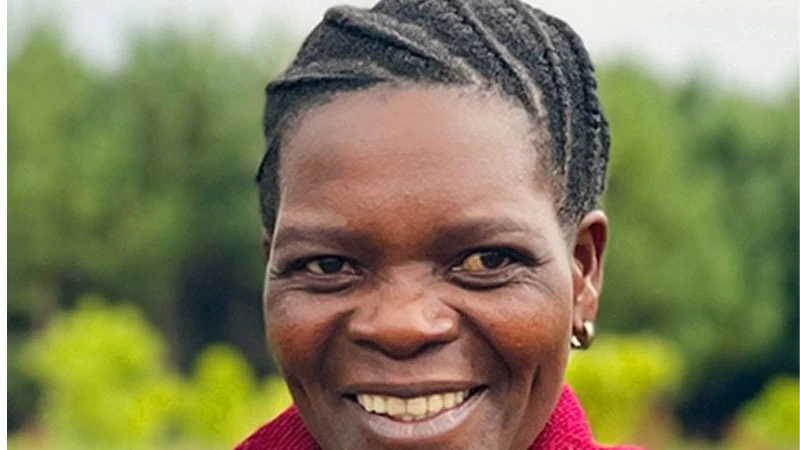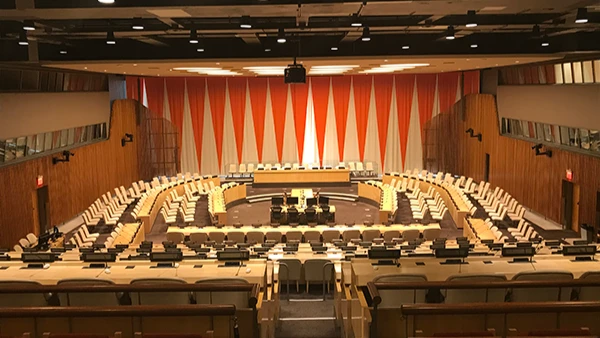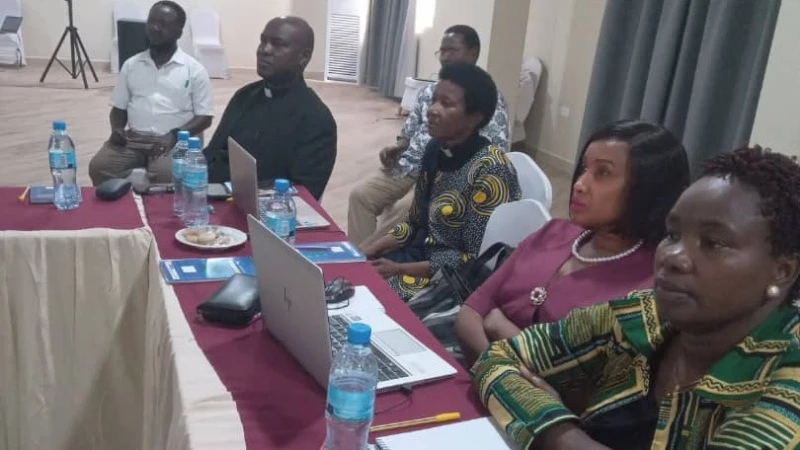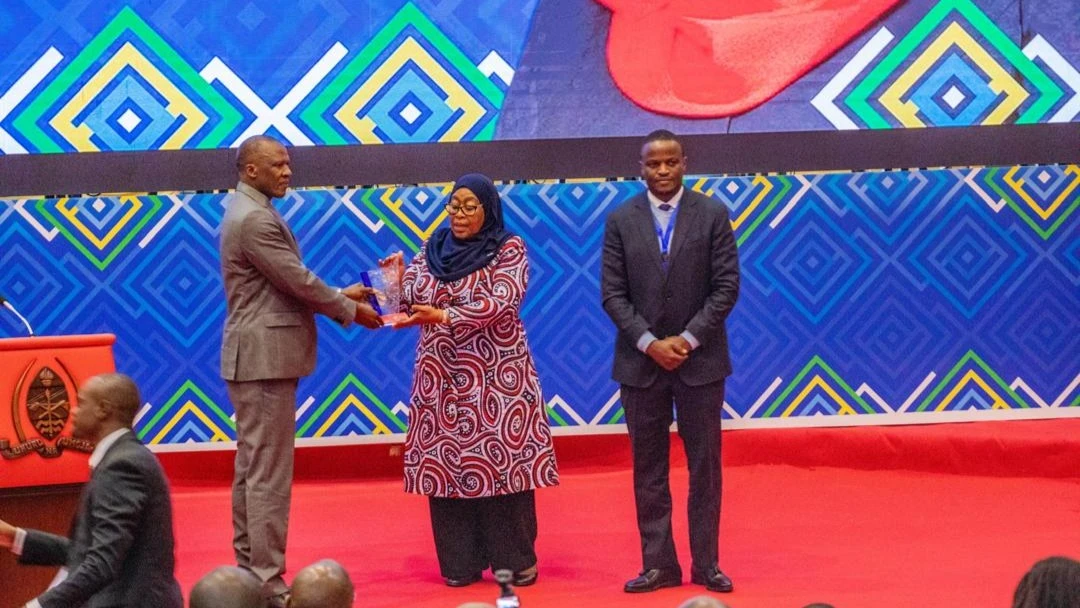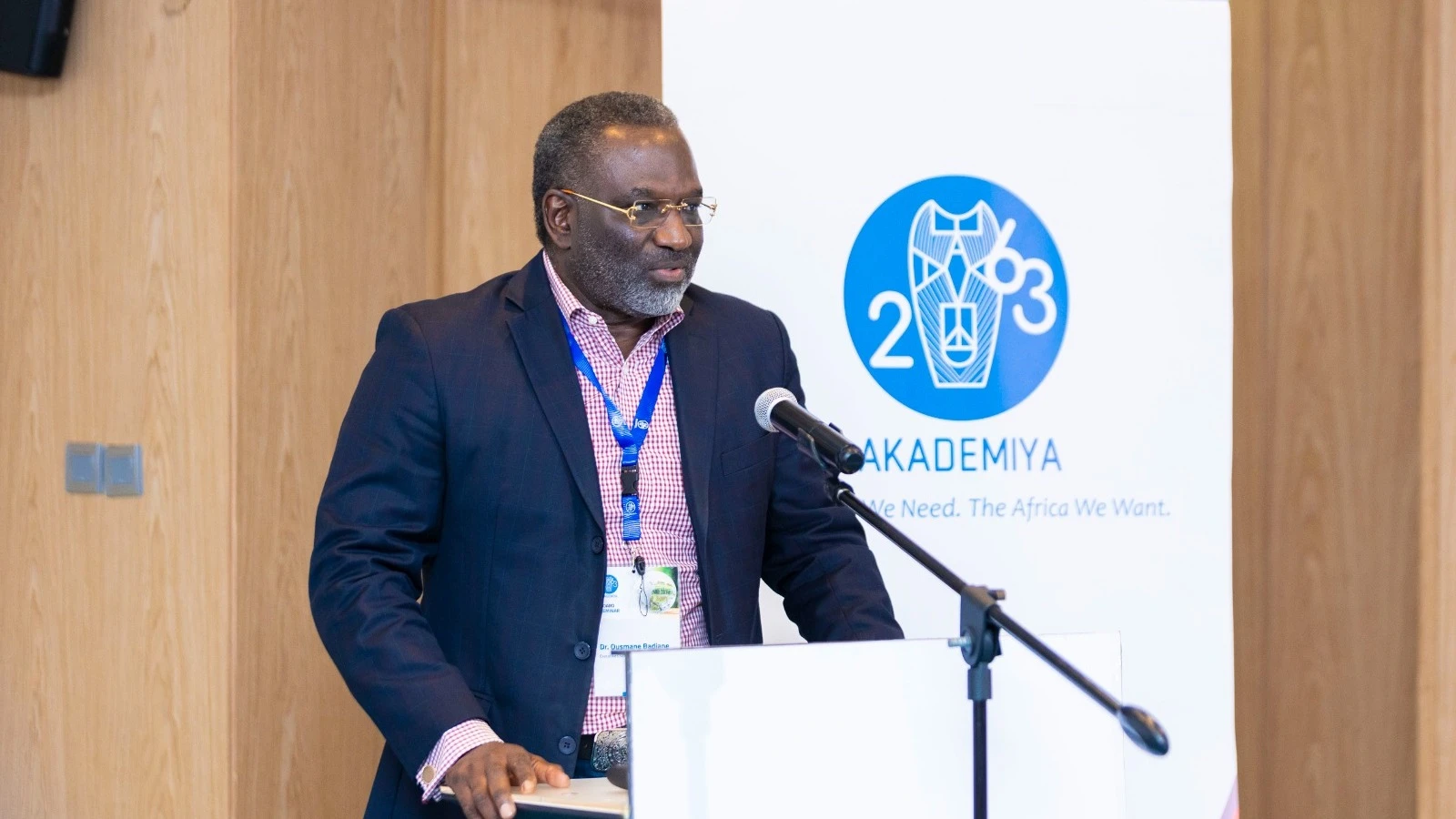Youth empowerment: Bridging the gap between education and employment

IN recent years, the global issue of unemployment has reached alarming levels, prompting governments worldwide to take urgent action. Tanzania, like many other nations, is grappling with the pervasive challenge of joblessness, particularly among its youth population.
In the 2024/2025 fiscal year budget discussions for the Office of the President - Regional Administration and Local Government (PO-RALG), Members of Parliament underlined the crucial need for increased job opportunities, particularly in education and healthcare sectors.
With President Samia Suluhu Hassan approving the recruitment of 46,000 personnel across various fields, including 12,000 for education and over 10,000 for healthcare, there's a concerted effort to address the pressing employment concerns highlighted by MPs.
Contributions from legislators like Aida Khenani, Abdallah Chikota, Margaret Sitta, and Martha Mariki shed light on the specific shortages and challenges in their constituencies, further emphasizing the urgency of the situation.
Despite these efforts, Tanzania, like many nations globally, faces persistent unemployment issues, especially among its youth population, despite investments in education and job creation initiatives.
Renowned scholar Prof Sospeter Muhongo has emerged as a voice of reason in addressing this pressing issue. With a distinguished career in the field of geology, Prof Muhongo emphasizes the importance of aligning educational pursuits with market demand.
He advocates for young people to focus on acquiring skills in areas such as software development, data science, and artificial intelligence, citing the significant market demand for professionals in these fields globally.
According to Prof Muhongo, the global economy presents ample opportunities for those with the right skills. With countries like the United States, China, and India dominating the economic landscape, Tanzania must prioritize investments in sectors with high growth potential to bridge the employment gap.
Prof Muhongo highlighted: "The global economy is approximately $105 trillion, with the United States having an economy of $26.9 trillion (25.5 percent of the world economy), China $19.4 trillion (18.4 percent), and India $3.7 trillion (3.5 percent of the world economy)." The government has every reason not to ignore his ideas. We should invest in these mentioned opportunities, especially during this period of curriculum and specialization changes.
With these global economic figures, major producers must be young people with specific skills in the job market, but the question remains: do we have inclusive and comparative education that meets these criteria?
However, in poor countries, especially in Africa, the population is large, but jobs are scarce. Africa has the highest number of young people of any continent. According to the United Nations, 70 percent of the population south of the Sahara Desert in Africa is under 30.
Developed countries, with an aging population, face a different challenge. For example, 12 percent of China's total population is 65 years and older. The situation is different in countries like Nigeria, where only 3 percent are elderly.
When countries have a large youth population, it means that many of them want to work to build their lives. The blessing of having many young people in Africa comes with the cost of a significant lack of employment for these young people.
Acknowledging the presence of the unemployment problem, Tanzanian President Samia Suluhu Hassan, during her visit to Mkoani District, South Pemba on January 7, 2022, stated: "Your government knows the problem of unemployment, and we will strive to create various opportunities for young people to get jobs."
There are two ways to look at the magnitude of the unemployment problem: first, by looking at events that directly indicate the existence of the problem, and second, by examining statistics according to the government or organizations dealing with such research.
Former Minister of State, Regional Administration and Local Government (PO-RALG), Angelina Kairuki, spoke to the media, revealing that out of 171,916 job applicants in the teaching and health sectors, 419 applicants falsely claimed to be disabled.
In these two sectors, 13,130 applicants were employed in teaching, and 5,319 in health. When totaled, the number of employed in both sectors was 18,449, leaving 153,512 unemployed for various reasons.
Despite the large number of teaching job applicants being left out, cries of a shortage of teachers in government schools will continue to be heard. This leads us to a mixed narrative on employment: the government lacks the funds to hire all teachers, yet government schools lack teachers.
In June 2014, over 1000 people showed up at the National Stadium in Dar es Salaam for job interviews in the Immigration Department. According to the Ministry of Home Affairs website, there were only 70 vacancies available for recruits.
According to the 2019 report by the Research and Poverty Reduction Institute of Tanzania (REPOA), approximately one million young people graduate each year from various educational institutions, while the number of jobs created by the government and private sector is 250,000, with an average of 5.5 years for each graduate to find employment.
Despite the government urging young people not to rush for government jobs and instead focus on self-employment, it's still hard to imagine an engineering or teaching graduate setting up shop at an M-Pesa booth or selling food at a restaurant and still calling it employment.
Employment must match the investment a person has made in a particular field. It's hard to believe that our youth spend more than four years in university learning to make phones in small booths at bus terminals in the streets of Communication and Kariakoo in Dar-es-Salaam!
In my visits to Sinza Mawasiliano, and Kariakoo neighbourhoods of Kongo Street, for about a month, I was assured that a good number of small-scale traders are graduates in various fields but have decided to engage in alternative activities to avoid remaining at home and being criticized as idlers.
Many countries around the world have faced this challenge, especially during this period of global economic downturn due to various reasons, including the conflicts witnessed in Eastern Europe between Russia and Ukraine. According to the International Labor Organization (ILO, 2022), approximately 73 million young people, equivalent to 23.3 percent of young people worldwide, are unemployed.
Despite these challenges, there are promising avenues for addressing unemployment. Professor Muhongo's emphasis on aligning education with market demand highlights the importance of preparing youth for the jobs of the future. Investing in sectors with high growth potential, such as technology and healthcare, can create opportunities for employment and economic growth.
President Samia Suluhu Hassan's commitment to creating opportunities for young people underscores the importance of government action in tackling unemployment. By implementing policies that support entrepreneurship, skills development, and job creation, governments can empower individuals to build sustainable livelihoods and contribute to national development.
However, addressing unemployment requires a coordinated effort from all stakeholders, including government, academia, and the private sector. Collaboration between these entities is essential for identifying barriers to employment and implementing effective solutions.
The demographic dynamics further complicate the unemployment crisis, with developing countries facing a surplus of young job seekers amidst limited opportunities.
While developed nations grapple with an aging population, countries like Tanzania contend with a large youth population eager to enter the workforce. President Samia Suluhu Hassan acknowledges the severity of the issue and pledges government efforts to create employment opportunities for the youth.
Despite government initiatives, challenges persist in matching job seekers with available positions. Reports reveal discrepancies in job applicant numbers and available vacancies, leading to a mixed narrative on employment in sectors such as teaching and healthcare.
The mismatch between skills acquired through education and market demand exacerbates the issue, leaving many graduates disillusioned and unemployed.
"Computer science expert Alome Gabagambi sheds light on the importance of aligning education with market demands, drawing from his experiences in India and the United Arab Emirates. He emphasizes the need for continuous learning and global knowledge exchange, urging Tanzanian youth to stay updated with industry trends."
"As Gabagambi aptly puts it, 'In today's dynamic job market, professionals must stay ahead of the curve. Embracing lifelong learning is key to staying relevant and competitive.'"
"Efforts to tackle unemployment must prioritize aligning educational curricula with industry needs, ensuring graduates possess the skills demanded by the market. By investing in skills development programs and fostering entrepreneurship, we pave the way for a brighter future where everyone can thrive."
Top Headlines
© 2024 IPPMEDIA.COM. ALL RIGHTS RESERVED


